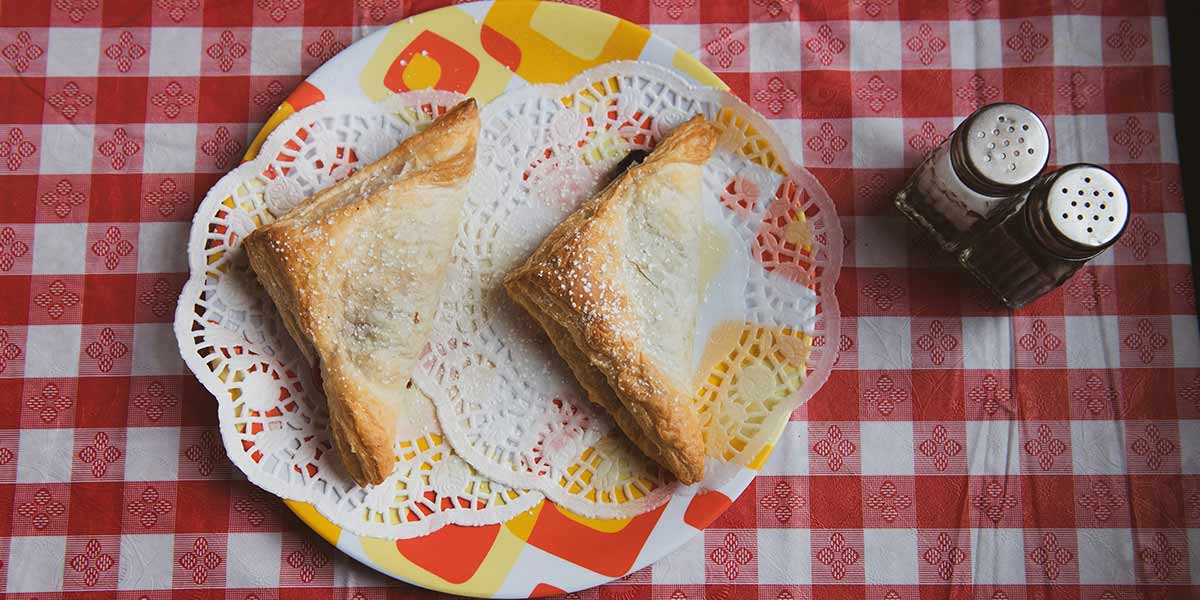The humble toaster has undergone a technological transformation in recent years, evolving from simple mechanical devices to high-tech appliances with digital interfaces. This evolution has brought us to the current debate: do modern touchscreen toasters actually perform better than traditional push-button models, or are they just another example of unnecessary technological complexity in our kitchens?

How They Work
Push-button toasters operate on straightforward mechanical principles. When you press the lever down, it activates:
-
A timer mechanism (either analog or digital)
-
Heating elements that toast the bread
-
A spring that pops the toast up when time expires
Touchscreen toasters replace physical buttons with:
-
Capacitive or resistive touch panels
-
Digital temperature and timing controls
-
Often more precise electronic timers
-
Sometimes additional features like LED displays or connectivity options
Performance Comparison
1. Toast Quality
Both types can produce excellent toast when properly calibrated. The key factors are:
-
Consistent heating element performance
-
Accurate timing mechanisms
-
Even heat distribution
Surprisingly, the interface type has minimal impact on the actual toasting result when comparing models of similar quality.

2. Reliability
Push-button models generally win here:
-
Fewer electronic components that can fail
-
Mechanical systems are more tolerant of kitchen conditions (heat, moisture, crumbs)
-
Easier and cheaper to repair
Touchscreen models may suffer from:
-
Screen malfunctions over time
-
Sensitivity to kitchen environments
-
More complex repair requirements
3. User Experience
This is where opinions diverge significantly:
Push-button advantages:
-
Tactile feedback you can feel
-
Doesn't require looking at the controls
-
Simple operation (especially important when half-awake in the morning)
Touchscreen advantages:
-
Can offer more precise control (exact seconds rather than "light to dark" scales)
-
Potentially easier to clean (no crevices for crumbs)
-
May include helpful presets or special functions
4. Cleaning and Maintenance
Push-button models:
-
Crumbs can get stuck in mechanical slots
-
Physical buttons may wear out over time
Touchscreen models:
-
Smoother surfaces are easier to wipe clean
-
But fingerprints and smudges may require frequent cleaning
-
More vulnerable to liquid damage

Cost Considerations
Touchscreen models typically cost significantly more (often 2-3 times the price of a good push-button toaster), raising questions about whether the additional features justify the premium.
The Verdict
For pure toasting performance, both types can work equally well when comparing quality models. The "better" option depends on your priorities:
Choose a push-button toaster if you:
-
Want reliable, simple operation
-
Prefer tactile feedback
-
Don't need advanced features
-
Want to save money
Choose a touchscreen toaster if you:
-
Value precise control and presets
-
Prefer a sleek, modern aesthetic
-
Don't mind the higher price point
-
Want easier-to-clean surfaces
Interestingly, many professional kitchens and diners—where toast quality matters most—still overwhelmingly prefer simple, durable push-button models, suggesting that for core functionality, the traditional approach may still be superior.
Ultimately, the best toaster is the one that makes toast you enjoy and fits comfortably into your kitchen routine. While touchscreen models offer modern conveniences, they haven't necessarily improved on the fundamental toasting performance that push-button models have delivered reliably for decades.Both models are available on our website, and you can learn more about them by going to the product page.




Leave a comment
This site is protected by hCaptcha and the hCaptcha Privacy Policy and Terms of Service apply.